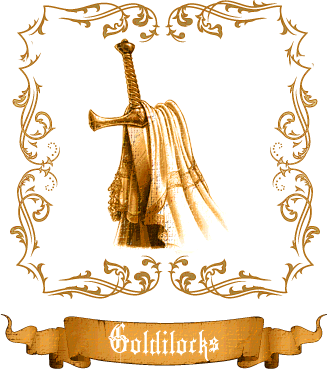
The coalition of tribes proceeded to shoot arrows at them while starting a large fire at the mouth of the cave. The Paiutes demanded their enemy come out of the cave and fight, but the giants refused. Ancient Race of White Giants Described in Native Legends From Many TribesĪs the Paiute tale goes, after years of warfare, all the tribes in the area joined together to rid themselves of the Si-Te-Cah. One day, as the tribes chased down the last remaining red-haired giants, they took refuge in a cave.Ancient Giants of the Americas: Suppressed Evidence and the Hidden History of a Lost Race.They used the rafts to navigate across what remained then of Lake Lahontan, an ancient lake that once covered most of northern Nevada during the last ice age. Si-Te-Cah or Saiduka literally translates as “tule-eaters” in the Northern Paiute language. The tule is a fibrous water plant, which according to legend, was woven by giants into rafts in order to escape attacks by the Paiute. ( Public domain / Public domain ) The Paiute Legend of the Lovelock Giants and their Massacre at Lovelock Cave Sarah Winnemucca, Paiute writer and lecturer, on the left, and her father Chief Poito Winnemucca of the Paiute Natives in Nevada. In this story, the Paiutes speak of a great battle that took place which led to their extermination at site known today as Lovelock Cave. During the early part of the 20th century, archaeologists found thousands of artifacts inside this cave leading to a lengthy excavation of the site and speculation that the Paiute legend was real.

These “giants” were described as being vicious, unfriendly and cannibalistic. The story was written down in 1882 by Sarah Winnemucca Hopkins, daughter of a Paiute Indian chief in her book Life Among the Piutes: Their Wrongs and Claims.

The Paiutes, a Native American tribe indigenous to parts of Nevada, have an oral tradition that they told to early white settlers of the area about a race of red-haired, white giants or “barbarians” that their ancestors referred to as the Si-Te-Cah.


 0 kommentar(er)
0 kommentar(er)
